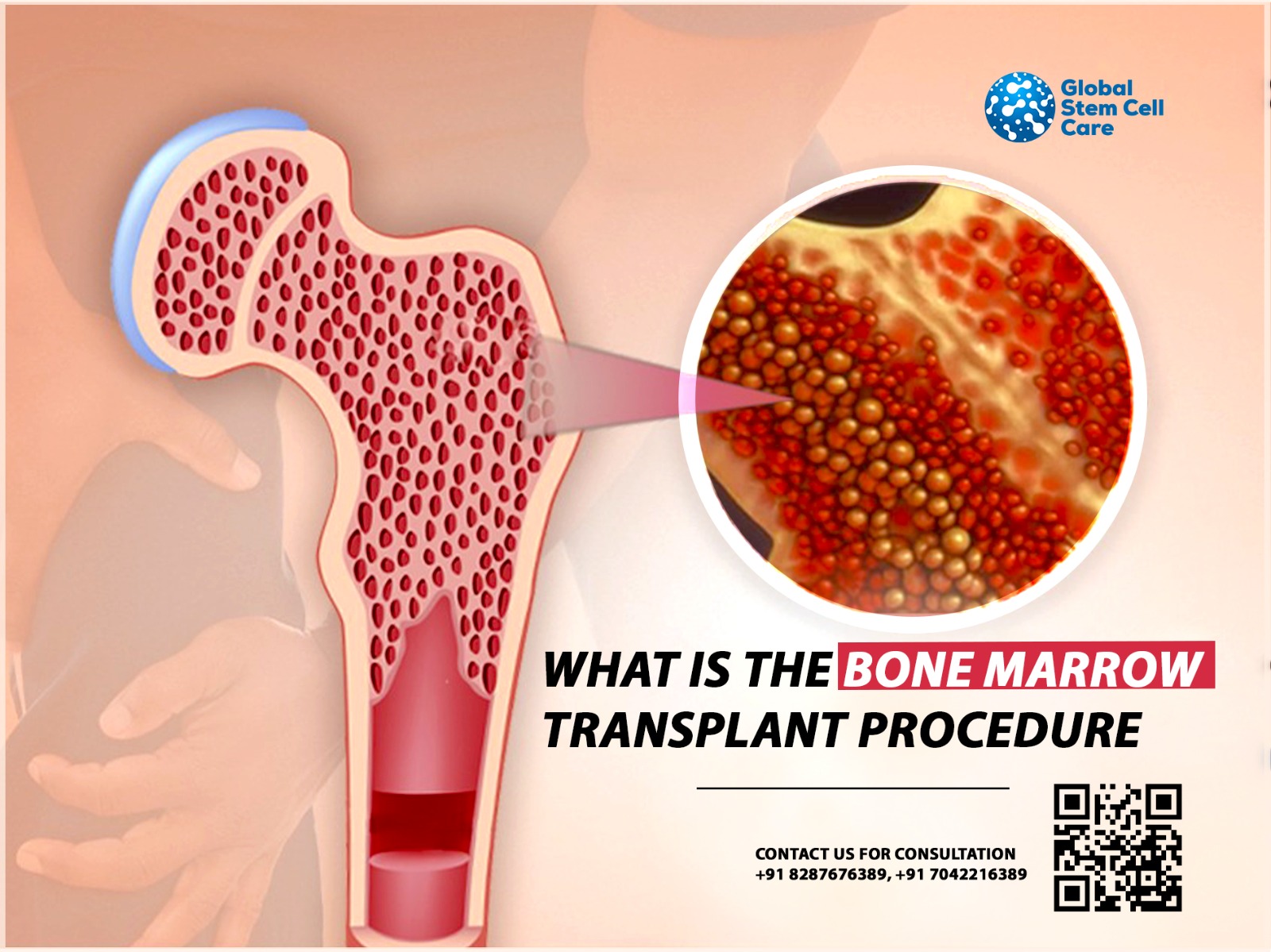Stricken with severe health conditions such as leukemia or a genetic blood disorder, being can be devastating and difficult. When you or someone in your life is looking for cutting-edge treatment, you’ve perhaps heard of a bone marrow transplant. Among the most encouraging developments in contemporary medicine is actually bone marrow transplant, a life-changing procedure that replaces deformed or damaged marrow with healthy stem cells.
This process, otherwise referred to as a stem cell transplant, provides your body with a brand new beginning by renewing your capacity to create healthy blood cells. Let us examine how this process is done, and you ought to consider undergoing this treatment for your illness.
What Is Bone Marrow & Why Does It Matter?
Bone marrow is the spongy, soft tissue found within bones that is capable of producing blood cells, including white blood cells, red blood cells, and platelets. They play an important role in carrying oxygen, combating infection, and preventing bleeding. When the body experiences a disease in the bone marrow or undergoes chemotherapy, the body is not able to support the creation of these crucial cells.
That is where a bone marrow transplant takes place. It assists the body to grow back the immune and blood system by replacing the ill cells with healthy stem cells using the therapy.
When Is a Bone Marrow Transplant Needed?
Bone marrow transplant is often used for treating conditions like:
- Leukemia & lymphoma
- Multiple myeloma
- Severe aplastic anemia
- Some inherited blood disorders
- Certain autoimmune diseases don’t respond to other treatments.
Understanding the Bone Marrow Transplant Procedure
Here are the types of bone marrow transplant:
Autologous transplant: In this process, stem cells are usually harvested from the patient’s own stem cells and banked before treatment.
Allogeneic transplant: Takes the stem cells from a donor, usually a relative or matched unrelated donor.
Umbilical cord blood transplant: Takes the stem cells from cord blood donated at birth.
Step-by-Step Procedure of Bone Marrow Transplant
Here is the easy-to-follow breakdown of how the procedure generally goes:
- Pre-Transplant Evaluation
- Your full physical exam will be taken.
- Imaging and laboratory tests
- A compatibility test to determine if stem cells are derived from the donor
- Stem Cell Collection
- From blood (peripheral blood stem cell collection)
- From bone marrow
- From umbilical cord blood
- Conditioning Treatment
- Undergoing high-dose chemotherapy and/or radiation
- Kills off diseased cells and suppresses the immune system
- Transplant Day (Infusion)
- Healthy stem cells are infused into your body through your bloodstream.m
- The process feels like a routine blood transfusion.
- Engraftment and Recovery
- Stem cells migrate to the bone marrow and begin producing fresh blood cells.
- It is approximately 2–4 weeks
- You should periodically follow up to avoid infection and complications.
- Long-Term Follow-Up
- Follow-up care to monitor immune recovery
- Potential medications to avoid graft-versus-host disease (for allogeneic transplants)
Why Choose Bone Marrow Transplant?
When your body’s blood-making factory is compromised, bone marrow transplants give you the opportunity to reset your body. With a transplant, the disease cells are replaced with healthy cells that restore your body’s system for a renewed chance at life.
Expert Guidance Matters
Choosing the right team is everything. If you are looking for individual support and access to the latest regenerative treatment, Global Stem Cell Care is a leading consultancy in the realm of stem cell therapy. They offer professional advice, patient-centered support, and access to high-quality treatment centres across India.
If you are considering a bone marrow transplant, then allow the experts at Global Stem Cell Care to help guide you through your recovery
The Bottom Line
A bone marrow transplant can seem overwhelming, but it can also symbolize a major shift, even if it is the first shift towards recovery, better health, and a new future. By autologous or allo transplant, or stem cell therapy, patients are moving to a new life, a new chance.
